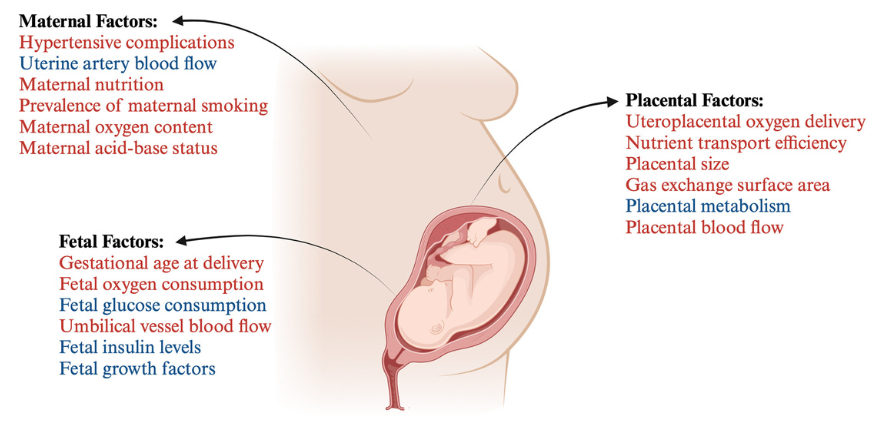
Submitted by Emily Rigby on Fri, 03/05/2024 - 10:53
A new paper from Professor Dino Giussani, and Emily Brown Cause of Fetal Growth Restriction During High Altitude Pregnancy has been published in iScience.
The publication is the result of a Part II student undergraduate project by Emily. She is currently studying medicine MB BChir, but her 3rd year course was Natural Sciences Tripos, Part II: Biological and Biomedical Sciences with a major in Physiology and Development. This publication was the result of her research.
An estimated 81.6 million people live at high altitude globally, and so the complications associated with high-altitude pregnancy are widespread. One of these complications is fetal growth restriction (FGR) where the fetus fails to achieve its growth and birth weight potential, and its increased incidence at high altitude was first reported at least as far back as the 1950s. This poses a significant clinical challenge as Lower birth weight has long been associated with adverse health consequences in later life and an increase in infant mortality. While this reduction in birth weight is mostly understood to be driven by hypobaric hypoxia, the causative mechanism of FGR at high altitude remains unclear. Therefore, understanding the mechanisms underlying FGR at high altitude will aid in its prevention and treatment, thereby contributing to a reduction in infant mortality and in cardiovascular disease for future generations of individuals living at high altitude.
Read the full publication in iScience www.sciencedirect.com/science/article/pii/S2589004224009246?via%3Dihub

